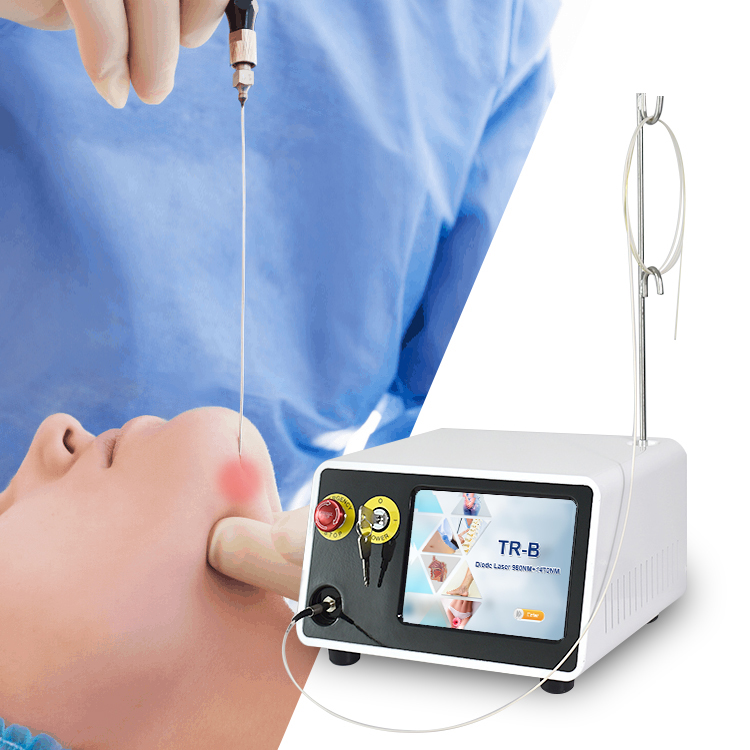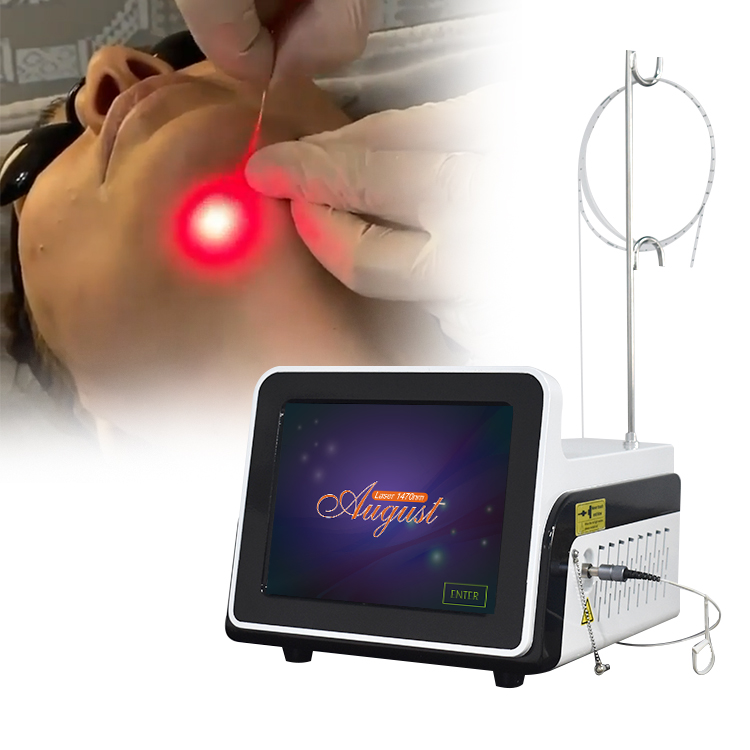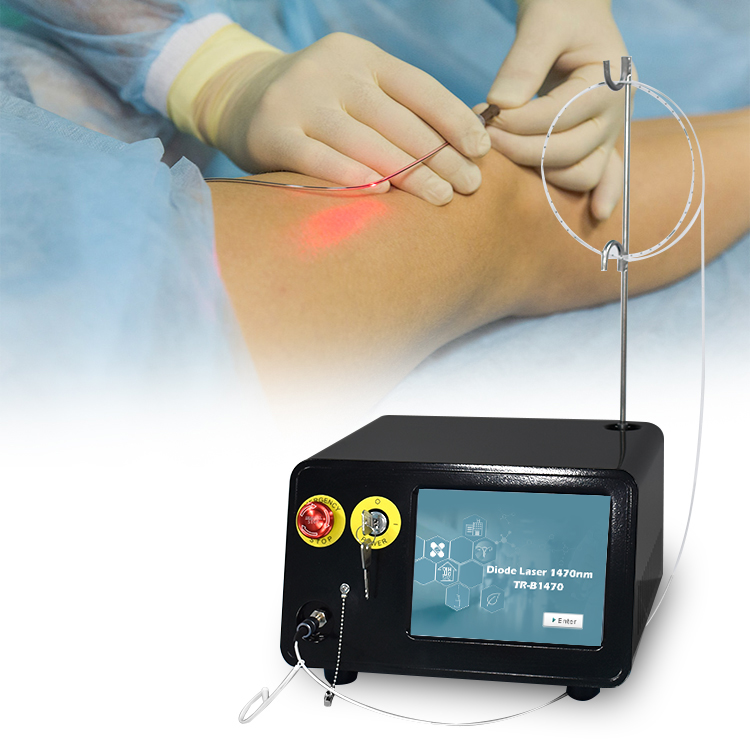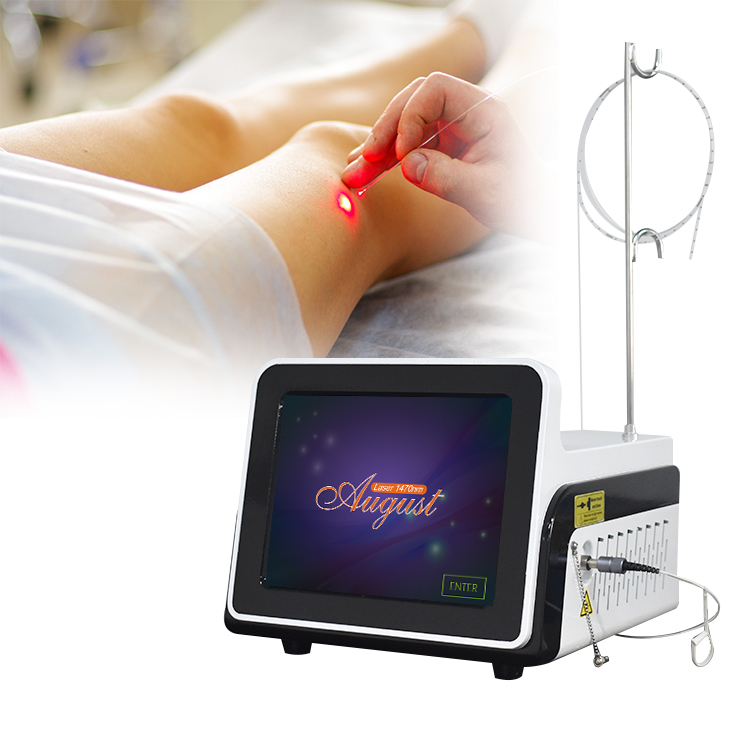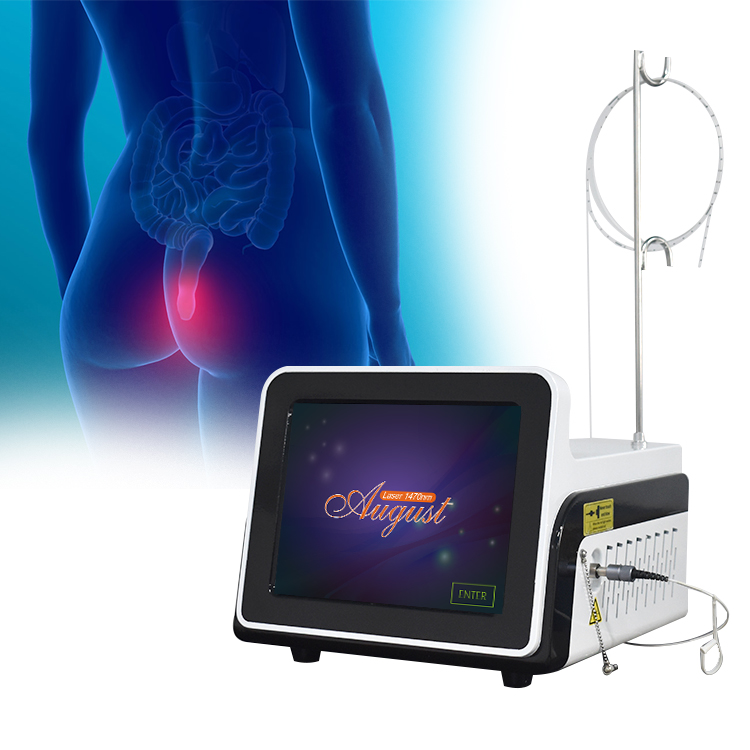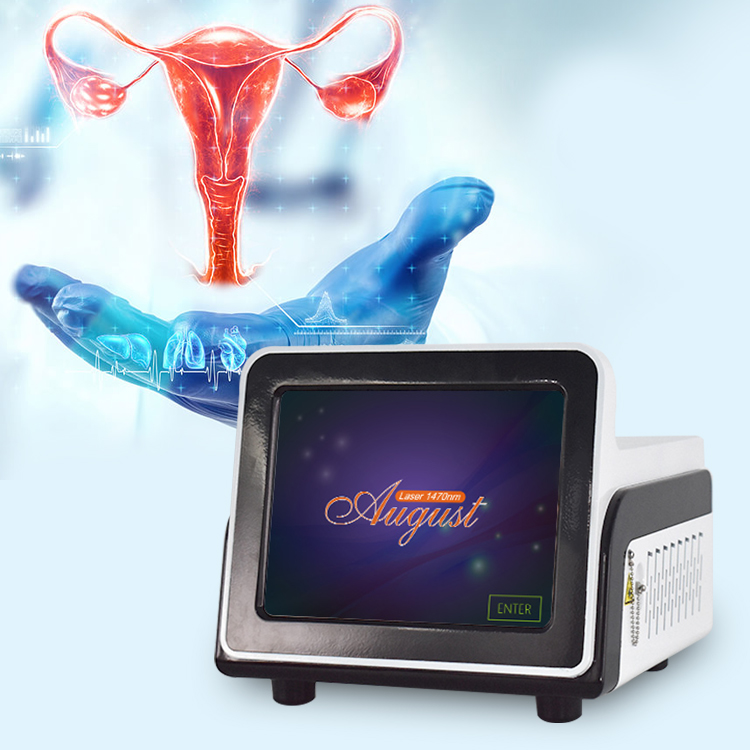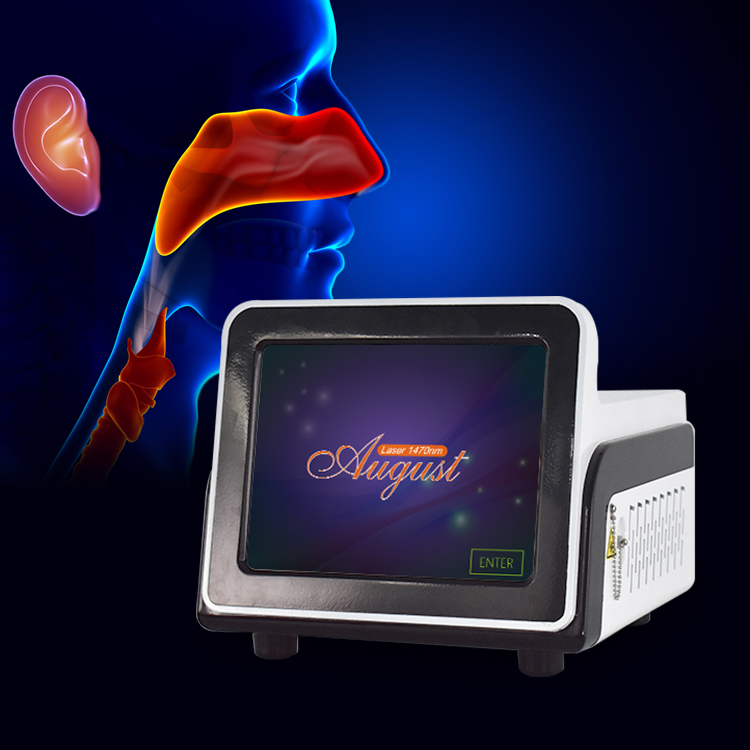PLDD Machine 1470nm Diode Laser For Percutaneous Disc Decompression
product DESCRIPTION
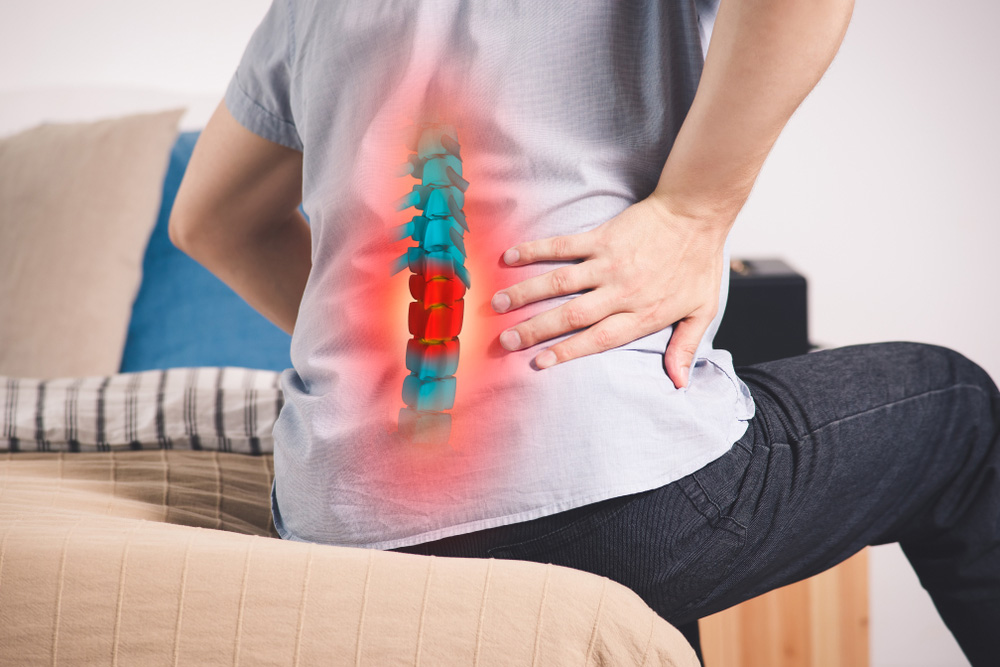
Faulty posture at workand lack of physicalactivity are just two ofthe numerous reasonswhy so many of uswrestle with back pain.
Today, it is postulated that 70% to 85% of the Western world will suffer degenerative back pain during their ifetime. In 10% of cases this pain becomes chronic.
In particular, herniated discs can cause aggravating pain which may even radiate to the patient's extremities.
And in the UK this laser disc surgery is approved by the National Institute for Clinical Excellence (NICE).
Percutaneous laser disc decompression (PLDD) is a procedure in which herniated intervertebral discs are treated by reduction of intradiscal pressure through laser energy. This is introduced by a needle inserted into the nucleus pulposus under local anesthesia and fluoroscopic monitoring. The small volume of nucleus vaporized results in a sharp fall of intradiscal pressure, with consequent migration of the herniation away from the nerve root. It is firstly developed by Dr. Daniel S.J. Choy in 1986.

PLDD has proven to be safe and effective. It is minimally invasive, is
performed in an outpatient setting, requires no general anesthesia,
results in no scarring or spinal instability, reduces rehabilitation
time, is repeatable, and does not preclude open surgery should that
become necessary. It is an ideal choice for patients with poor results
in non-surgical treatment.
laser fibers, which allow for surgical effectiveness, ease of handling, and maximum safety.
The use of flexible tactile laser fibers with core diameters of 360 micron in combination with the microsurgical PLDD enables a very precise and accurate access and intervention to sensitive areas like the cervical and lumbar disc zones on the basis of clinical therapeutic needs.

LASER ADVANTAGES
Benefits of the minimally invasive PLDD procedure
— Local anaesthesia allows the treatment of patients at risk.
— Very short operating time compared with open procedures
— Low rate of complications and postoperative inflammation(No soft tissue injury,No risk of epidural fibrosis or scarring)
— Fine-needle with very small puncture site and therefore no need for sutures
— Immediate significant pain relief and mobilization
— Shortened hospital stay and rehabilitation
— Lower costs
-Safe, visible and immediate results
The use of diode August 1470 lasers speeds up treatment time and gies better and longer results while minimizing side effects.

PLDD procedure is performed using local anesthesia. Optical fiber is inserted in special cannula under fluoroscopic guidance.After applying contrast to the facet it is possible to check cannula's position and the condition of the disc bulge. Starting laser initiates decompression and lowers intradiscal pressure.
The procedure is done from the posterior-lateral approach with no interference to vertebral canal,therefore,there is no possibility of damaging a reparative treatment,but there is no possibility to reinforce annulus fibrosus. DUring PLDD disc volume is minimally decreased,however,disc pressure can be significantly lowered. In case of using laser to disc decomperssion,small amount of nucleus pulposus evaporates.
Applications
— Intra-discal application on cervical spine, thoracic spine, lumbar spine— Medial branch neurotomy for facet joints
— Lateral branch neurotomy for sacroiliac joints
Indications
— Contained disc herniations with consecutive foraminal stenosis
— Discogenic spinal stenosis
— Discogenic pain syndroms
— Chronic facet and sacroiliac joint syndrom
— Further surgical applications, e.g. tennis elbow, calcaneal spur
300/400/600/800/1000um fiber AvailableAmerican QPC Laser Source with Long lifespanand stable performance.
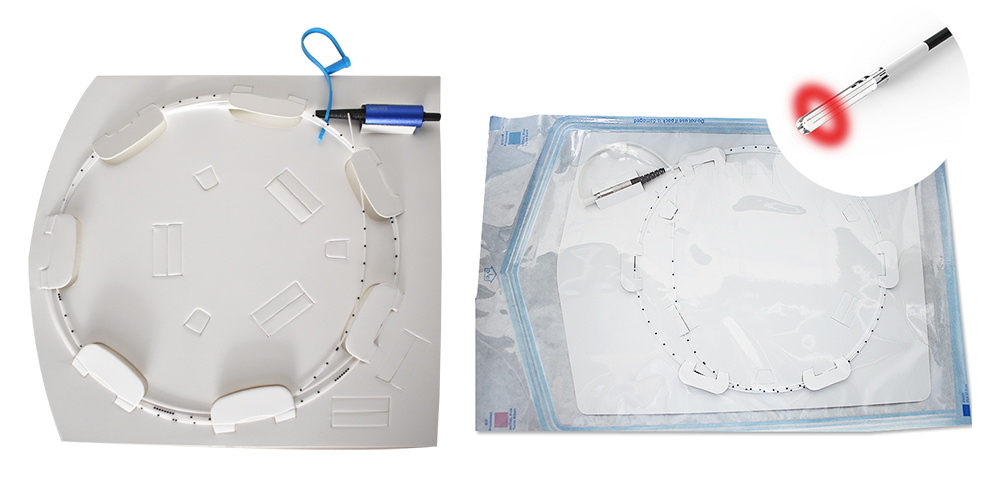
Interface
August 1470 has the minimal efficacy dose available by software which allows unexpert user to startwith ease,Screen displays the quantity of delivered energy in Joules,allowing a perfect control of the treatment.
CLINICAL FEEDBACK
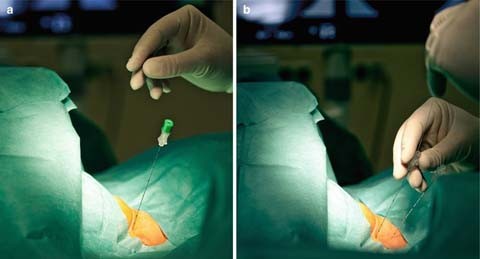
STANDARD ACCESSORIES
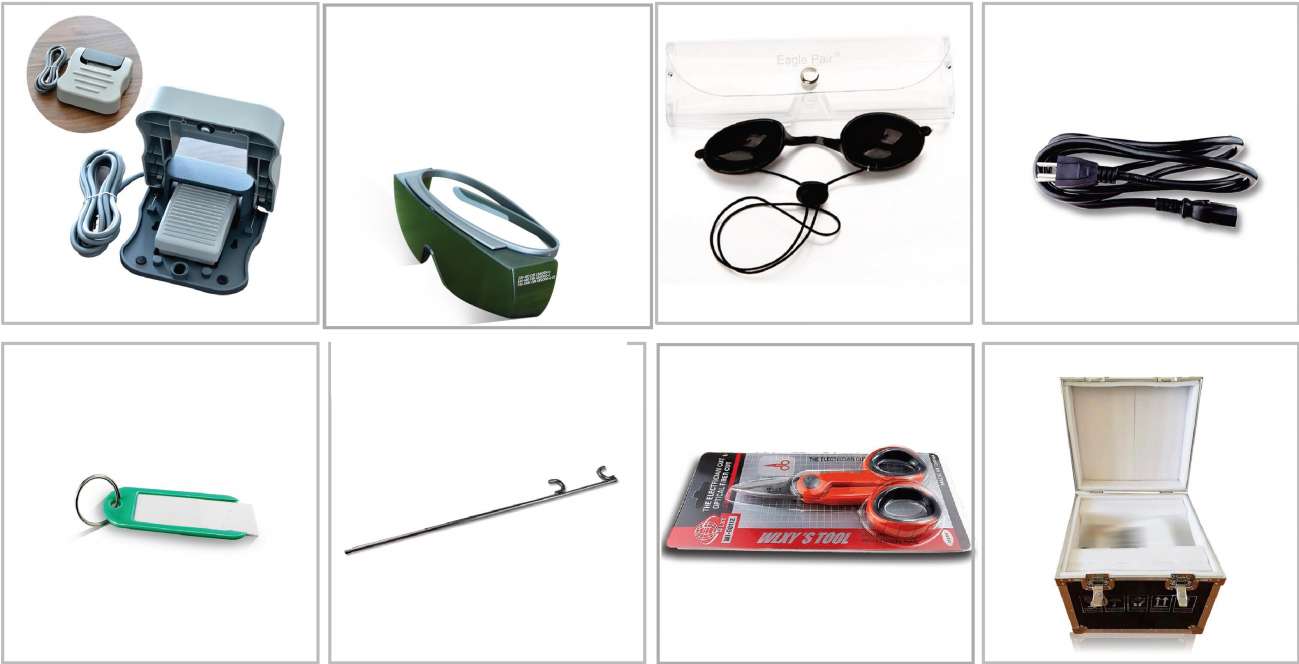


 +8618931273229
+8618931273229 director@tazlaser.com
director@tazlaser.com 0086-18931273229
0086-18931273229

